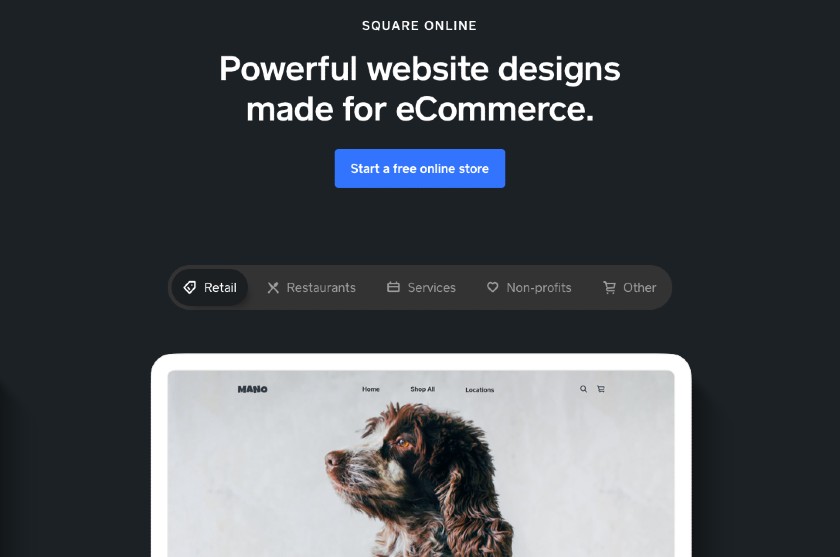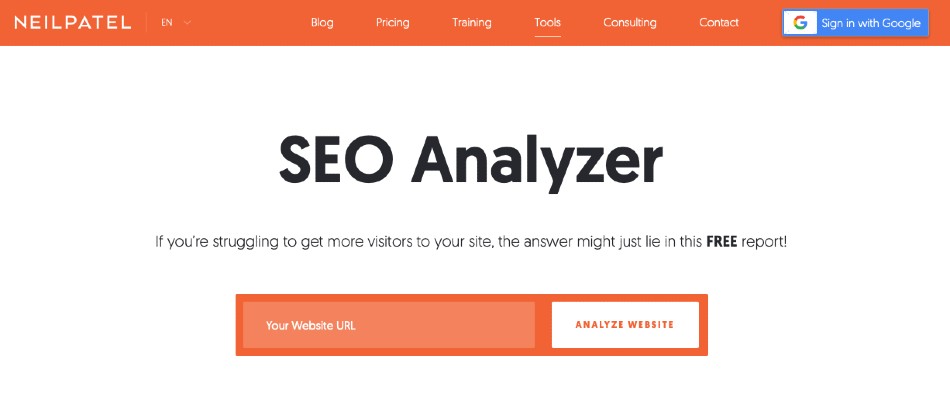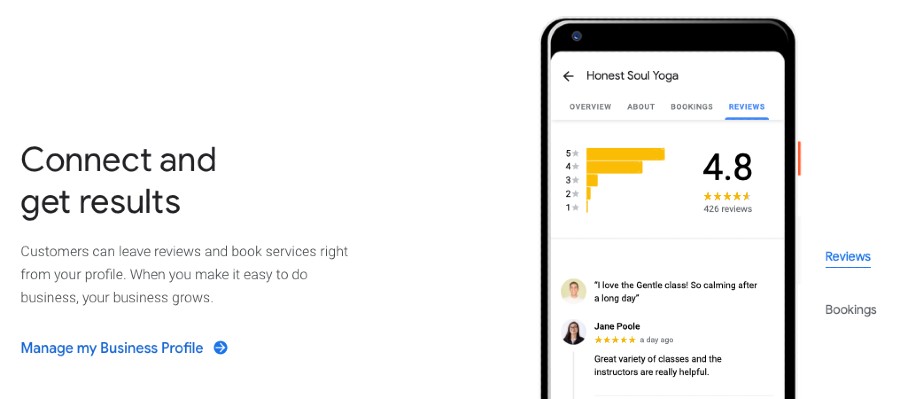How to increase profits is on the mind of most business owners. There are only two ways to do it: increase prices or cut costs. The question is, what are the best and most affordable options for each, particularly during COVID-19? Consider the following 14 strategies to make you and your business more money in 2021.
1. Implement Ecommerce
Once the pandemic shutdowns began, online sales grew significantly. Even after the pandemic ends, people will want the convenience of online shopping or curbside pickup. Now is the time to move into or expand your online shopping capacity.
The first step to implement ecommerce is to get your website to accept online orders. To do that, you need a platform that accepts online payments. You can add some of these platforms directly to your current website. Or you can add them as a free standalone site such as Square.

Square is a payment processor that also provides a well-design ecommerce website for free.
Online sales involve more than accepting orders online: You’ll need to consider mailing and delivery, or offering curbside pickup. It also means being able to accept payments remotely.
Finally, you might want to consider a delivery service and a part-time driver position. This option is especially important for restaurants that need to set up online ordering.
2. Automate Business Systems
One way to improve efficiency and reduce costs is by automating processes. A good software or software service can help with everything from payroll to inventory, giving you and your employees time to work on tasks that grow your business.
Consider automating the following business systems:
- Lead generation
- Appointment scheduling
- Employee scheduling
- Employee benefits
- Background checks
- Payroll processing
3. Improve Your Website
People are using your website to research your company before doing business with you. Could you improve their experience and build their trust so they are more likely to use your product or service? Your website should do four things clearly:
- Explain who you are and what you sell
- Entice the potential customer to buy
- Make it easy to purchase the product or service
- Have a way to contact sales or customer support with questions easily
Begin by ensuring your website is clean, updated, and current in its information and up-to-date in its design. Then test your ecommerce elements to make sure they run smoothly.

The free SEO Analyzer tool on NeilPatel.com will give you strategies that help get your website found on Google.
Once you set up your website, do a search engine optimization (SEO) audit. The SEO audit will help you better understand how Google and other search engines see your website. You may need to make SEO-based changes to make your website, which will make it more likely to show when someone searches for what you provide.
In addition to SEO, review your overall customer communication experience:
- Do you have links to your social media?
- Do you have a section, or a link to where customers can post reviews?
- Would your site benefit from a chatbot to answer common questions
- Are your phone number and email easily accessible?
4. Build Reviews & Word-Of-Mouth Promotion

Customers can leave reviews on your free Google My Business listing.
An easy thing to do to increase conversions and sales in potential customers is to respond to reviews. According to consumers, businesses that respond to reviews are 1.7X more trustworthy than companies who don’t (76% vs 46%).
Keep an eye on these sites and address reviews, especially negative ones. Some 45% of consumers say they’re more likely to visit a business that responds to negative reviews. Also, share positive reviews on your website and social media. Get the word out!
Finally, encourage reviews by making it easy to do. How many times have you gotten a receipt promising a free item for filling out a review and never done it? Sending a customer an email with a request, and a link will increase your chances of getting a customer to write something.
5. Communicate With Customers
Now more than ever, customers expect a relationship with the companies they patronize. Businesses can gain valuable insights about customers through interactions.
Communication is a two-way street, so don’t only ask for feedback. Provide something helpful too such as advice or discounts for feedback. There are plenty of ways to communicate and build a relationship with customers, consider the following:
- In-person by taking a little more time at the counter
- Via email—a thank you, requests for feedback, coupons
- Through newsletters
- Using social media
- Chat rooms on your website
- Forums
- Virtual meet-ups (offer an interesting guest speaker)
6. Invest in Your Business
At first thought, you may be hesitant to put more money into your business. Especially when you’re trying to figure out how to make more money, not less. Often, particularly in a time of chaos where new opportunities arise, the best decision is a short-term cost for a long-term payoff.
When looking to make a sizable investment in your business, get creative. It doesn’t have to be your own personal or business funds. Will this upgrade benefit customers? Consider a crowdfunding campaign. Is it better equipment? Consider an equipment loan. Is it a new idea or a business pivot? Consider getting an investor.
7. Hire Contractors or Freelancers

Freelance websites like Upwork.com help you connect with vetted freelancers.
One way to cut costs is to hire contractors or outsource tasks. When you do this, you don’t have the high costs of employee benefits like health insurance, FICA, or withholding taxes—giving you more money for your bottom line. Hiring an expert contractor can also mean that a job will be done better and more quickly than adding it to a less-qualified employee’s duties.
Contractors and outsourcing are especially useful for administrative jobs, short-term projects, or unique tasks that may not warrant a full-time employee. Some services, such as accounting or HR, may be part of a software and service package. If you need a contractor for a specific task, consider looking on a freelancer website, such as Fiverr or Upwork.
8. Increase Your Advertising
You may hesitate to spend money on advertising. Maybe you’ve been burned in the past by a marketer who promised results and didn’t get any. Or you tried to do the advertising yourself, like Facebook ads, and you didn’t think it worked.
Regardless of your past experiences with advertising, ads work, but it is a long-term game. Remember that some experts believe a customer needs to see an ad 20 times before they take action. One Facebook ad to 10,000 people won’t be as effective as 10 ads to 1,000 people.
To make your advertising more effective, consider reading a persuasion classic, Influence by Robert Cialdini. This book lays out techniques to get people to take action on your ads quickly.
9. Raise Prices
This strategy is both a no-brainer and an unpopular option in today’s economic climate. Still, sometimes, to stay in business, you need to increase prices. To settle on a price, consider:
- How much it costs you to create the product
- How much it costs to deliver it
- Costs to run the business—including administration and employee wages
- Competitor prices
- The last time you raised prices
After reviewing this data, decide on a possible fair price increase. Include any of the pricing data in your business plan so if you choose to review it at a later time, you can.
Next, communicate this increase to customers. Explain why you came to this decision. If there is a way to add value to the product without cutting into the profit, then do that and let customers know they are getting more as well.
Remember that according to the bestselling persuasion book Influence (mentioned above), raising prices can lead to an increase in sales, not a decrease. This is due to the psychological effect of people interpreting your product or service as more valuable simply because it costs more.
10. Sell To Existing Customers
It’s easier and cheaper to sell to an existing customer than to gain a new one. Take advantage of people who are already in your customer base or lead funnel by offering them additional products or add-ons to a product they already own.
One of the best ways to do this is through your email list. You may be thinking you don’t want to send another email to your customers. If this is you, you’re thinking about customer emails all wrong.
All emails to customers should be value first, sales second. What could you send your customers that would provide value to their lives? Consider a tip, recommendation, or piece of advice related to your industry. Then, add the sales language after the value.
Or get creative with selling to your existing customers. Consider sending hand-written notes to your most loyal customers. In the note, include a discount or just a simple reminder of how much you appreciate having them as a customer. Don’t forget a subtle CTA (call to action) at the end!
11.Cut the Price of a Leader Item
A leader item is a basic or initial product that gets a customer hooked on your company and what you produce. It could be a base-level product, a no-frills service subscription, or the first in a series of products.
By putting the leader item at a permanently lower price, you entice new customers. Then, once they’re a customer, you can sell subsequent products, upsell (more of the current item), or cross-sell (a different item). Regardless of your strategy, it all starts with giving a customer a good deal on the leader item.
12. Follow the 80/20 Rule
The 80/20 rule is to focus your most significant efforts on your most valuable customers. The idea is that 20% of your customers generally bring in 80% of your revenue; these are the people you want to concentrate on.
On the flip side, 20% of your customers often present 80% of your problems. Identify those problem-customers and fire them to free up your time on more positive business activities.
13. Cut Costs
One way to think about cutting costs is to consider the Profit Leverage Effect (PLE). The PLE is the thought that every dollar saved in the production of goods or delivery of services adds a dollar profit to your bottom line—without having to sell more.
Examine your current processes to cut costs:
- Are there areas where you can improve efficiency?
- Negotiate for cheaper products or services?
- Would adopting new software or hiring a service save you money in the long run?
Make money by saving money.
14. Collaborate
Is there a business similar to yours, but which meets a different need with a different customer base? You may not have considered this when you first started your business, but consider a partnership or collaborative effort.
This can be as simple as promoting each other to your customers in your next newsletter or as involved as bundling products. When collaborating, be sure you set clear guidelines regarding efforts, profit sharing, and cost-sharing.
Bottom Line
Now more than ever, it’s essential to be creative to be profitable. Do an audit of your business expenses to determine if there are any costs you can remove or reduce. To increase sales, consider tapping into free options such as your email list or upselling. After exploring the free opportunities, consider the paid options like advertising or a business investment.